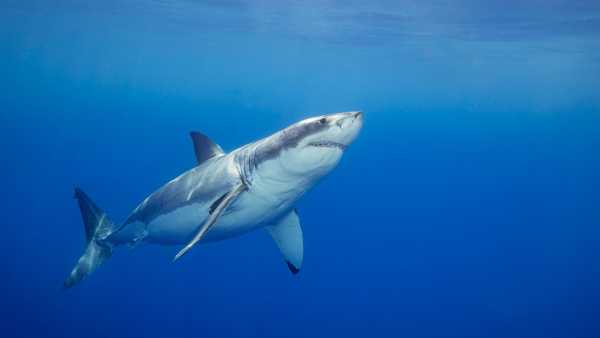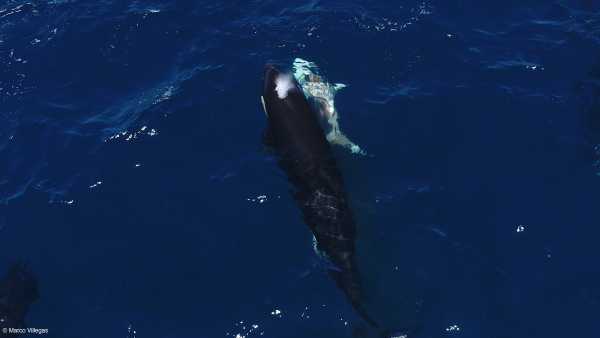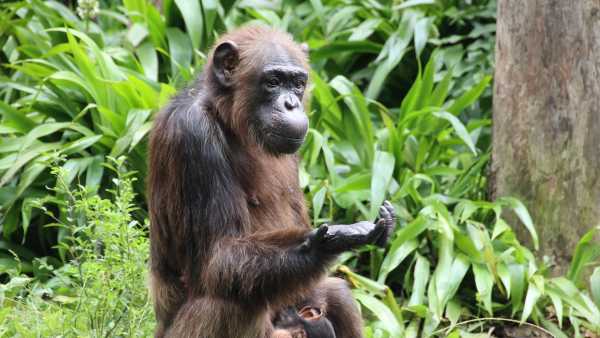
Genetic data shows that Yakut horses are known for their short, stocky build, thick coat and (Image: Bernard Grua/Getty Images)
How, where, when and who domesticated the first horses remains a mystery, but scientists are constantly trying to unravel it as more and more evidence points to the expansion of the species paralleling the emergence of humans.
In this adapted excerpt from Horses: A 4,000-Year Genetic Journey Around the World (Princeton University Press, 2025), author Ludovic Orlando, director of the Centre for Anthropobiology and Genomics in Toulouse, explores the genetic relationship between modern, cold-adapted Yakut horses and ancient specimens recovered from the “gateway to the underworld” tens of thousands of years after their death.
In Batagay, more than 600 kilometers north of Yakutsk, there is a rather impressive crater. Known as the “Gateway to Hell,” this crater was formed by the local climate, caused by our own activities. The consequences of the logging of the taiga forests in the 1960s were enough to create a depression that is now more than 100 meters deep and about 1 km long, and is getting bigger every year.
You may like
-

'Perfectly preserved' Ice Age horse skull found in Yukon mine
-
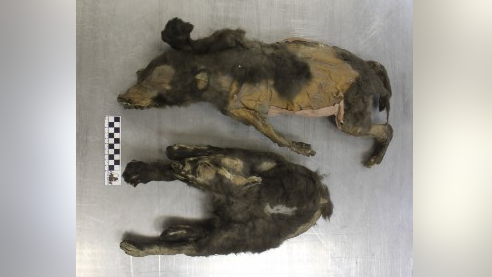
The 14,000-year-old Ice Age 'puppies' were actually wolf sisters who dined on a woolly rhino for the last time.
-
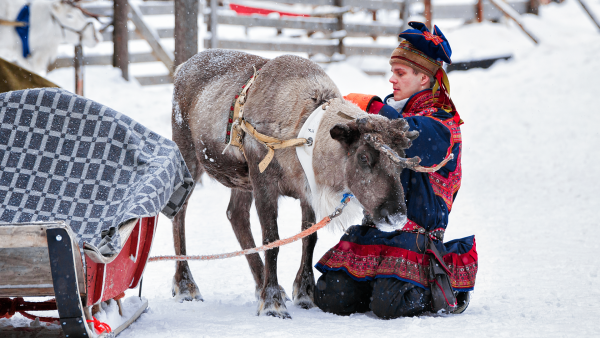
Ancient DNA shows that the ancestors of Estonians, Finns and Hungarians lived in Siberia 4,500 years ago.
Locals also call the crater “the gateway to the underworld” because erosion causes its slopes to collapse, revealing the remains of animals from the past. One such ghost made headlines in May 2018: a two-month-old foal that had lain frozen in the ice for more than 42,000 years, later dubbed the Lena Horse.
In close-ups of the animal's head, and especially its nose, the hair details look so lifelike that one might think the animal is still breathing.
I didn’t have the opportunity to work with this 42,000-year-old carcass, but I did have access to another one, also found in the depths of Batagay. Its DNA was so perfectly preserved that we had no problem with high-quality genome sequencing. The animal had an X and a Y chromosome, meaning it was male.
Radiocarbon dating showed that it lived at about the same time as the Botai horses, 5,200 years ago; it may even have interbred with them. But at the genetic level, it had little in common with them or with the line of modern domestic horses, DOM2, which began its unstoppable expansion around the world only a millennium later.

A horse pulled out of the permafrost of Yakutia.
Instead, the animal's genome showed us that it descended in a direct line from Equus lenensis, the famous Lena horse that is now extinct. It is the last of its kind whose genome we have been able to sequence – which does not mean, however, that it was the last survivor.
Having adapted over millennia to the glacial cold of these latitudes, the Lena horse could well have continued to roam the Siberian permafrost for millennia after our Batagay specimen last closed its eyes.
Local legends say that the horse we encounter today in Yakutia is a descendant of a population of wild horses that were domesticated in this area a long time ago.
To solve this problem, we had to sequence the genome of the horses that live there today. Fortunately, my colleague Andrei Tikhonov from the Russian Academy of Sciences managed to send me the hair of several dozen animals before winter set in, seriously complicating the logistics of any scientific expedition to the region.
Yakut horses are not bred in captivity; they are kept semi-free in the taiga and tundra, where they roam before being gathered together once a year.
The Yakut horse is small and stocky, with long, thick hair. It also has the ability to accumulate fat in a record short period of time – just two months, when plants can grow. It has another exceptional advantage: it is able to slow down its metabolism in winter, in severe frosts, without hibernating.
Since the package sent by Tikhonov took several months to reach me, I was able to obtain archaeological samples dating back to the 19th century. They were obtained during excavations that Eric Crubezy of the Paul Sabatier University in Toulouse has been conducting in the region almost every summer for about 15 years. The animal remains were placed in human graves as sacrificial offerings.
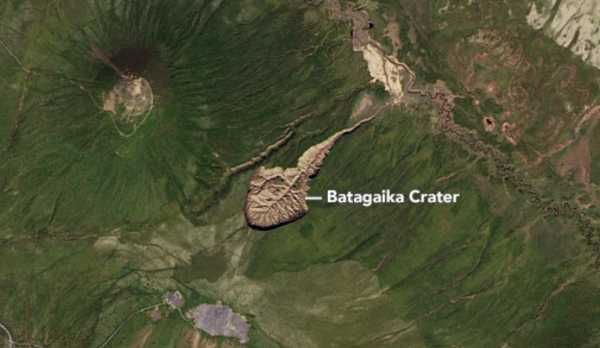
The Batagay crater in Siberia is the world's largest megacrater.
The genome analysis gave definitive results and put an end to these legends: none of the studied samples had anything in common with the sample from Batagay. All of them turned out to be full-fledged representatives of the line of the modern domestic horse, DOM2, whose roots go back to the western steppes of Russia, 4,200 years ago.
Instead, the genetic information is consistent with history books that attribute a relatively recent origin to the Yakuts and their horses.
Most sources agree that horsemen living at latitudes south of Lake Baikal began a northward migration beginning in the 13th century CE. These settlers, fleeing the relentless onslaught of Genghis Khan's hordes at the time, settled not in virgin lands but in places already inhabited before them. They laid the ethnic foundation of the modern Yakut and the cultural foundations of the civilization that Carol Ferré calls the “civilization of the horse.”
In Yakutia, the horse is not just a national hero flying on the flag of the Sakha Republic. It is not just an indispensable means of transportation in a vast territory that seems to have no clear geographical boundaries. In Yakutia, the horse is much more: its meat is eaten and its milk is drunk, its skin is used to make clothes, its sinews are used to make ropes; it is celebrated as a hero of tales and songs. This animal is an integral part of the local way of life.
But if the Yakut horse did not descend from the Batagay horse, is it possible that it still carried some of its genes?
The idea wasn't so far-fetched: about 2% of the genome of people living in Eurasia today is descended from Neanderthals, with whom their ancestors interbred.
If the Lena horses were not already extinct in the 13th century, could they have interbred with the modern domesticated horses that the first Yakut horsemen brought with them? Is it possible that these animals inherited their resilience to the region's extreme climate from the horses they would have encountered that had lived in the same area for tens of thousands of years before them?
Our analysis disproves this scenario. The genetic text carried by modern Yakut horses, like those of the 19th century, is not enriched by aspects characteristic of the genetic text carried by Lena horses; we find it no more in them than in any other modern domestic horse in the world, either today or in the past.
Modern Yakut horses owe their biological adaptation to the genetics of their 13th century ancestors and nothing else.
One might then think that the Lena horse may have already disappeared, since interbreeding apparently did not occur. Even if our data confirm that only a small number of modern domestic horses reached the latitudes of Yakutia and formed the modern population there, it is still true that they collectively carried a set of genetic mutations on which natural selection did its work, shaping the animal's biology in accordance with the demands of the environment.
The genetic changes that have made the Yakutian horse so well adapted to its environment include genes with a wide range of biological effects, from hair development and thickness to fat accumulation, including sugar metabolism and regulation of the biological clock that tells our cells the length of day and night.
Thus, apparently, evolution did not provide the Yakut horse with a supergene that would endow it with some unique superpower, but occurred within the species through the coordinated adjustment of a set of very diverse functions.
The irony of history is that in this genetic diversity we found genes that also helped shape the biology of other species that adapted to the same conditions in Siberia, such as the woolly mammoth and even our own species. Thousands of miles from the Tibetan plateau, we are once again face to face with this familiar phenomenon: evolutionary convergence.
Was $29.95 now $28.30 on Amazon
Horses: A 4,000-Year Genetic Journey Around the World
From one of today's leading experts on ancient DNA: a comprehensive genetic history that reveals the mystery of where horses were first domesticated.

Ludovic Orlando, Live Science Contributor
Ludovic Orlando is a CNRS Silver Medalist and Founding Director of the Centre for Anthropobiology and Genomics of Toulouse at the University of Toulouse in France. His work has appeared in leading journals such as Nature, Science, and Cell. He is a recipient of the Newcomb Cleveland Award from the American Association for the Advancement of Science.
You must verify your public display name before commenting.
Please log out and log back in. You will then be prompted to enter a display name.
Exit Read more
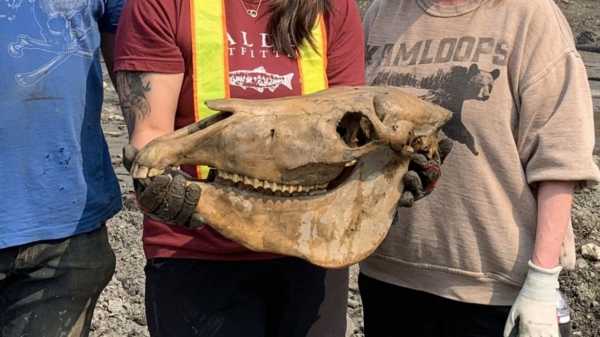
'Perfectly preserved' Ice Age horse skull found in Yukon mine

The 14,000-year-old Ice Age 'puppies' were actually wolf sisters who dined on a woolly rhino for the last time.
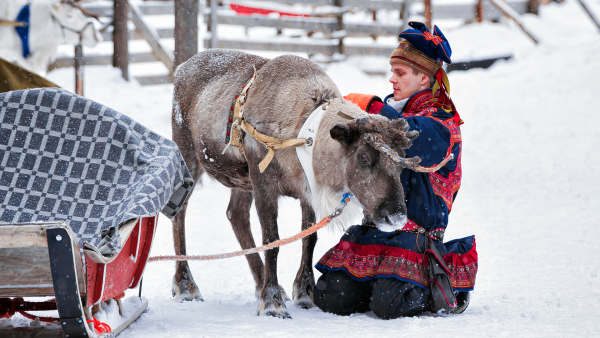
Ancient DNA shows that the ancestors of Estonians, Finns and Hungarians lived in Siberia 4,500 years ago.

Who were the Denisovans, ancient people who lived in Asia and died out about 30,000 years ago?
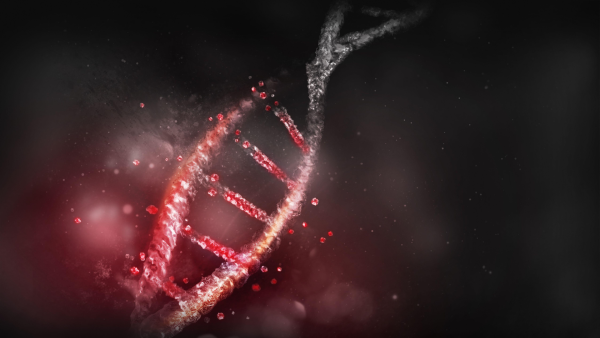
DNA has an expiration date. But proteins reveal secrets of our ancient ancestors that we never suspected.

Ancient DNA research has revealed that Ötzi the Iceman and his neighbors had completely different ancestors.
Latest Land Mammal News
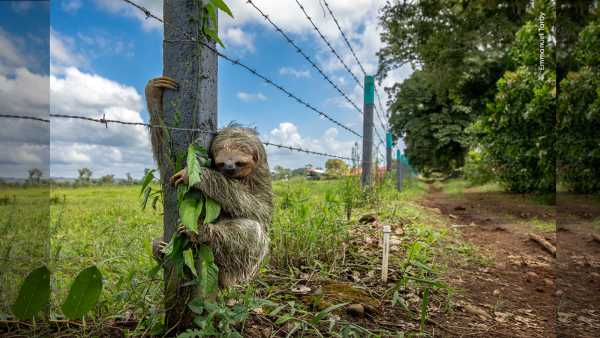
A heartbreaking photo shows a sloth clinging to barbed wire because it looks most like a tree.
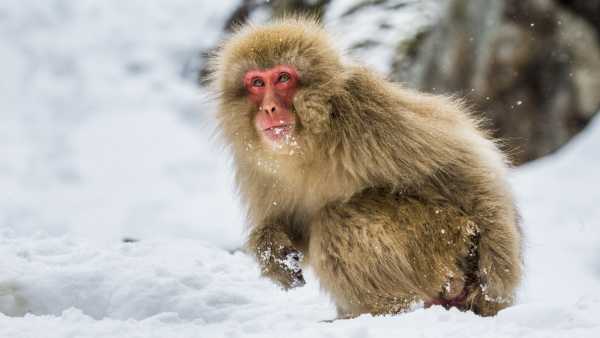
Earth's first primates evolved in the cold, not the tropics.
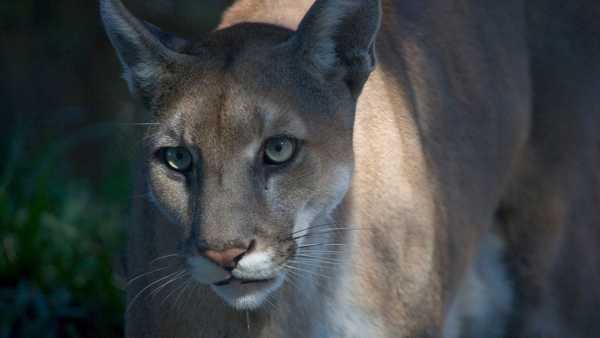
Texas cougar genes are saving Florida cougars from extinction—for now.
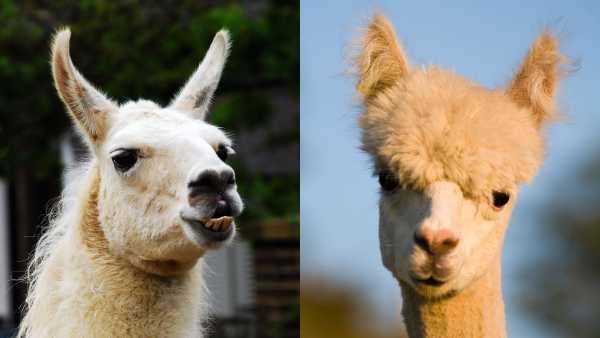
What is the difference between a llama and an alpaca?
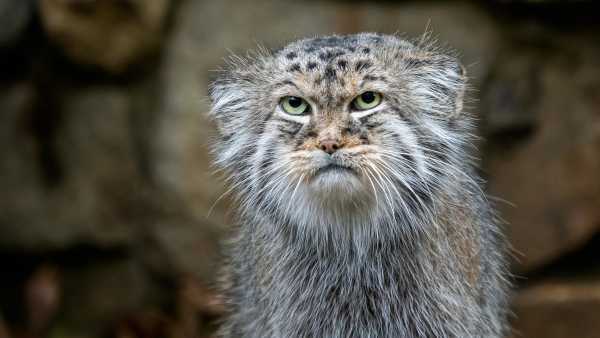
Pallas's cat: one of the oldest representatives of the cat family, which stands on its fluffy tail to warm its paws.
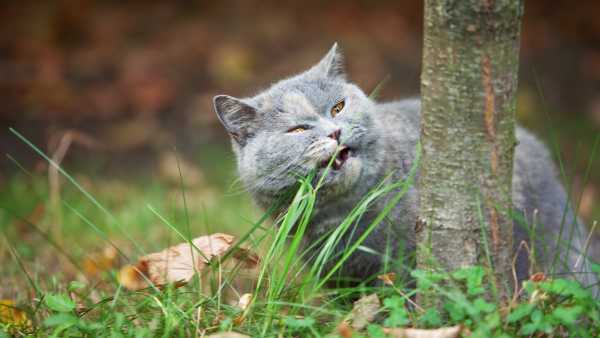
Why do cats and dogs eat grass?
Latest Features
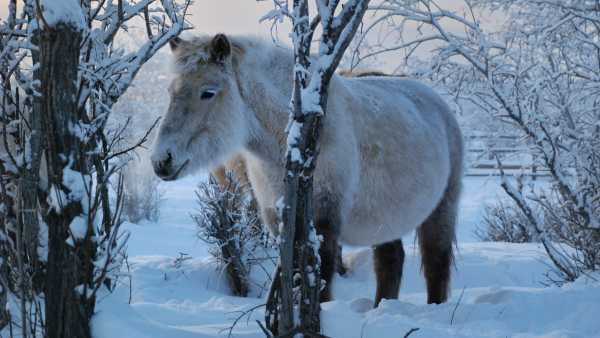
How the Secret of the Origin of the Little Hairy Yakut Horses Was Revealed in the Siberian “Gateway to the Underworld”
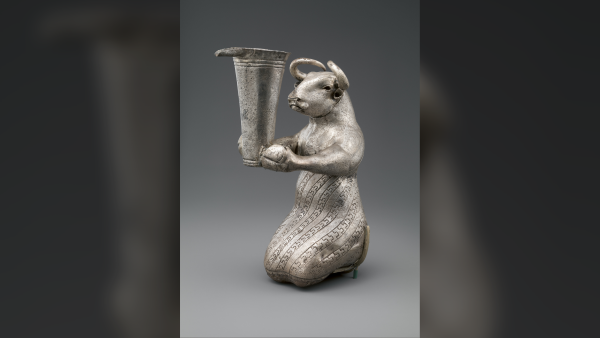
Kneeling Bull: Iran's 5,000-Year-Old Hybrid Creature With Mysterious Purpose
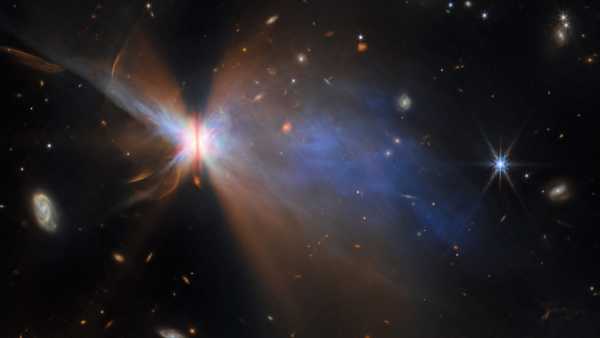
James Webb Space Telescope Spots Deformed 'Butterfly Star' Shedding Chrysalis – Space Photo of the Week
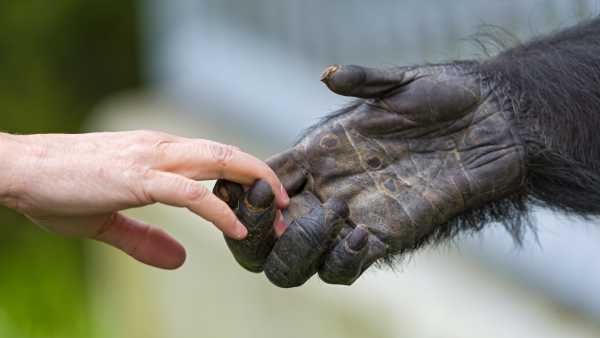
Do humans and chimpanzees really share 99% of their DNA?
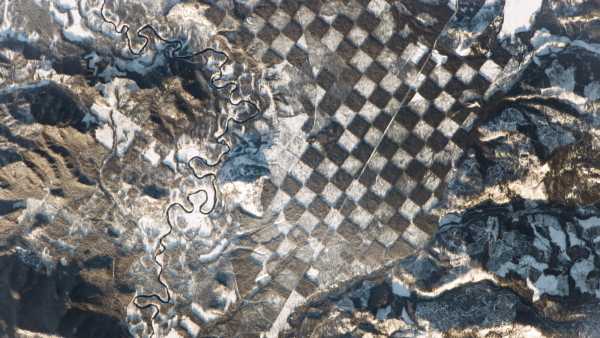
Giant 'Checkerboard' Surrounds Idaho River in Bizarre Astronaut Photo
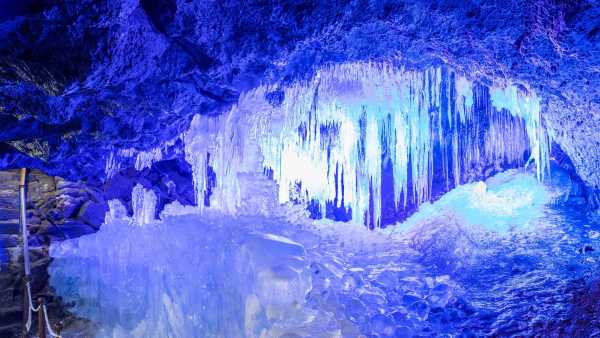
Narusawa Ice Cave: A lava tube filled with 10-foot-tall ice columns at the foot of Mount Fuji.
LATEST ARTICLES

1″We have effectively destroyed all our capacity to respond to a pandemic,” says leading epidemiologist Michael Osterholm.
Live Science is part of Future US Inc., an international media group and leading digital publisher. Visit our corporate website.
- About Us
- Contact Future experts
- Terms and Conditions
- Privacy Policy
- Cookie Policy
- Accessibility Statement
- Advertise with us
- Web Notifications
- Career
- Editorial Standards
- How to present history to us
© Future US, Inc. Full 7th Floor, 130 West 42nd Street, New York, NY 10036.
var dfp_config = { “site_platform”: “vanilla”, “keywords”: “type-boox-extract,serversidehawk,videoarticle,van-enable-adviser-
Sourse: www.livescience.com


